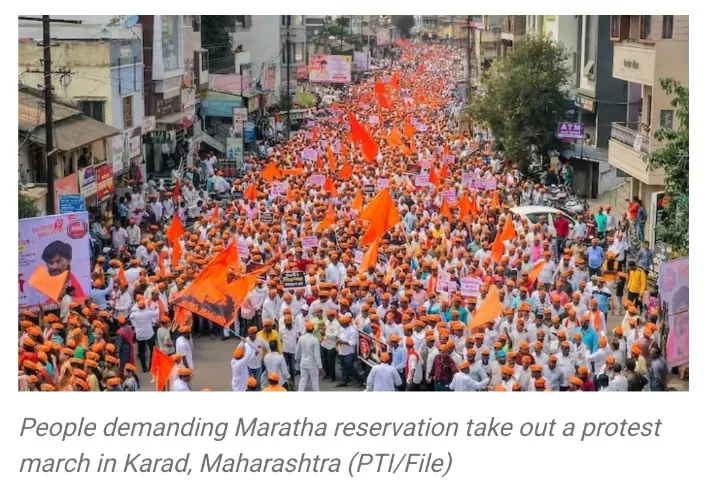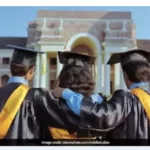Inception of Maratha Quota Demand
————————
The relentless struggle for Maratha reservation in India traces its roots back to 1997 when fervent demands for a separate quota were first voiced by the community. The subsequent journey has been marked by complex legal disputes and constitutional intricacies.
Committees and Contradictions
————————
In July 2008, a committee established by the Maharashtra government, under the leadership of retired Judge RM Bapat, delivered a report that did not favor reservations for Marathas. This was a turning point in the legal battle.
Fast forward to 2014, when a committee led by the current BJP minister, Narayan Rane, submitted a report asserting that 32 percent of the state’s population consisted of Marathas, necessitating their economic upliftment through reservations. Subsequently, a proposal was approved by then-Chief Minister Prithviraj Chavan, setting aside 16 percent of government jobs and educational institution seats for Marathas, along with 5 percent for Muslims.
Legal Challenges and Hurdles
————————
This move was met with immediate legal challenges. The Bombay High Court intervened in 2014, staying the implementation of the ordinance, highlighting discrepancies in the data used to justify the Maratha community’s backwardness.
To rectify these discrepancies, a commission, known as the Maharashtra State Backward Class Commission, headed by Justice MG Gaikwad, submitted a comprehensive report in 2018. Upon acceptance of this report, the government, led by Chief Minister Devendra Fadnavis, passed the Maharashtra State Reservation for Socially and Educationally Backward Classes (SEBC) Act in November 2018, granting 16 percent reservation in education and government employment to Marathas, without extending the same to Muslims.
The Maharashtra High Court’s Verdict
————————
However, this move did not escape legal scrutiny. In 2019, the Bombay High Court affirmed the community’s backward status but reduced the reservation to 12 percent in education and 13 percent in jobs. This change elevated the overall reservation ceiling to 64 percent and 65 percent, respectively, which exceeded the 50 percent limit prescribed by the Supreme Court in the Indra Sawhney (Mandal) judgment of 1992. The High Court argued that in exceptional circumstances, the 50 percent ceiling could be breached.
Supreme Court’s Constitutional Bench Ruling
————————
Dissatisfaction with the High Court’s decision led to an appeal in the Supreme Court. In a monumental verdict in 2021, a constitutional bench ruled against crossing the 50 percent reservation threshold. The Court declared that Marathas were part of the “dominant forward class” and had no grounds for exceeding the 50 percent limit. Furthermore, the Court held that states lacked the authority to identify the SEBCs following the 102nd constitutional amendment.
Parliament’s Intervention and Subsequent Developments
————————
In response, the Indian Parliament passed the 127th Constitutional Amendment in 2021, reinstating the states’ power to identify SEBCs. Meanwhile, the Maharashtra government formed a committee, led by former Chief Justice of the Allahabad High Court, Dilip Bhosale, to analyze the Supreme Court’s judgment.
Chasing Legal Remedies
————————
The committee’s recommendation prompted the Uddhav Thackeray-led government to file a review petition in the Supreme Court, but this petition met dismissal in April 2023. Subsequently, a curative petition was filed, expected to be heard in due course.
Conclusion
————————
The Maratha quota demand has navigated a lengthy and intricate legal path, marked by shifting committees, legal challenges, and landmark judgments. As the curative petition awaits its hearing, the community’s quest for reservation continues to be a matter of contentious debate and legal scrutiny.







